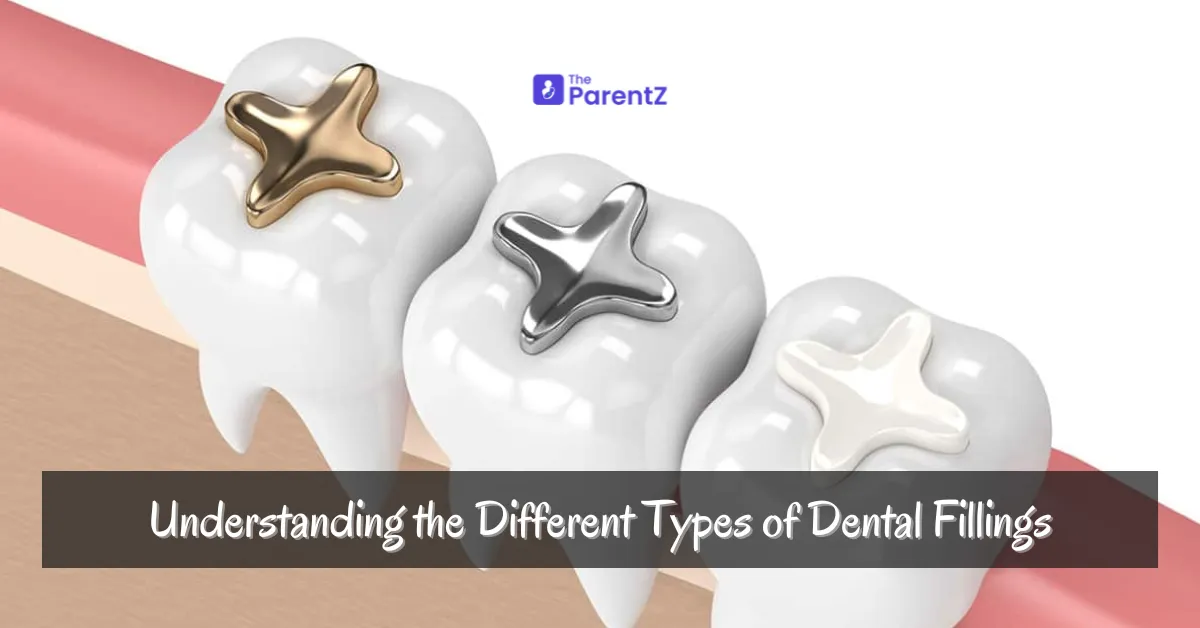Dental fillings are a common solution for cavities in children, helping to restore the function and appearance of a tooth. Pediatric dentists use a variety of materials for fillings, each with its own benefits and considerations. Knowing the options can help parents make informed decisions about their child’s dental health. In this article, we explore the different types of dental fillings, their safety, pros and cons, and what parents should understand when their child needs one.
Types of Dental Fillings Used in Pediatric Dentistry
1.Amalgam Fillings
Amalgam fillings, commonly known as silver fillings, are made from a mixture of metals, including silver, mercury, tin, and copper. These have been used for decades and are known for their strength and durability.
•Pros: Long-lasting and cost-effective.
•Cons: Contains mercury, which raises safety concerns for some parents. They are also more visible than other types of fillings.
•Safety: The FDA and ADA deem amalgam fillings safe for children over 6 years. However, some parents prefer mercury-free options. Discussing concerns with the dentist is essential to make the best choice.
2.Composite Resin Fillings
Composite resin fillings are tooth-colored, making them blend well with natural teeth. They are made from a mixture of plastic and fine glass particles.
•Pros: Aesthetic appearance and good for smaller cavities.
•Cons: Less durable than amalgam and may need replacement sooner.
•Safety: Composite fillings are considered safe for children, and they do not contain mercury. They bond directly to the tooth, reducing the need for extensive drilling.
3.Glass Ionomer Fillings
Glass ionomer fillings are made from a blend of acrylic and a specific type of glass. They release fluoride, which helps protect the tooth from further decay.
•Pros: Releases fluoride, which is beneficial for kids’ dental health, and bonds well to the tooth structure.
•Cons: Less durable and not as visually appealing as composite resin.
•Safety: Safe for use in pediatric dentistry, especially for primary teeth or small cavities. Its fluoride-releasing property adds a preventive benefit for growing teeth.
4.Ceramic Fillings
Ceramic fillings are made from porcelain and are known for their durability and stain resistance.
•Pros: Natural appearance and highly durable.
•Cons: More expensive than other types of fillings and may require more tooth removal.
•Safety: Ceramic fillings are safe and often recommended for larger cavities where appearance is important.
5.Stainless Steel Crowns
Though not technically a “filling,” stainless steel crowns are used for larger cavities or to cover a filling. They are often used on baby teeth to prevent further decay.
•Pros: Very durable and effective for protecting decayed teeth.
•Cons: Silver color makes them more noticeable.
•Safety: Safe for children and commonly used in pediatric dentistry for primary molars.
Evaluating the Safety of Dental Fillings
When evaluating the safety of dental fillings for children, parents can consider several factors: the material’s composition, the child’s age, and the location of the cavity. It’s always wise to discuss the pros and cons with a dentist who understands pediatric dentistry. The safety of fillings is continuously monitored by dental organizations like the ADA and FDA, ensuring that all approved materials are safe for use.
A Note for Parents from a Dentist
As a parent, it’s natural to be concerned when your child needs a dental filling. It’s important to trust your dentist’s recommendation, as they consider many factors, such as the size of the cavity, the tooth’s location, and your child’s dental history. The goal of filling cavities is not just to restore the tooth but to prevent future decay and complications. Always ask your dentist about the options and express any concerns about the materials being used.
Conclusion
Choosing the right dental filling for your child involves understanding the pros and cons of each material. While safety is always a top priority, the dentist will consider durability, appearance, and the best option for your child’s overall dental health. Whether it’s amalgam, composite, or glass ionomer, the right filling can help preserve your child’s smile for years to come.








Be the first one to comment on this story.